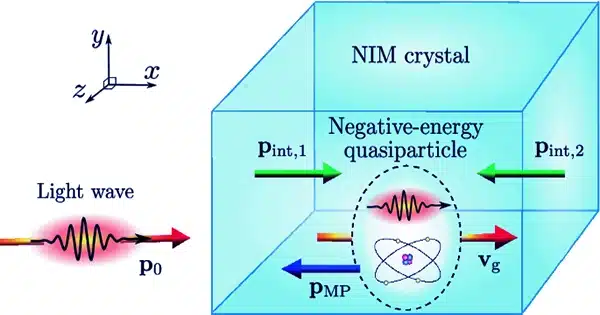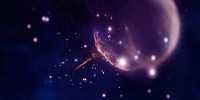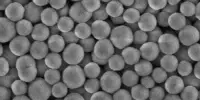A worldwide team of experts is reconsidering the fundamental concepts of radiation physics in order to create ultra-bright light sources. Researchers from the Instituto Superior Técnico (IST) in Portugal, the University of Rochester, the University of California, Los Angeles, and the Laboratoire d’Optique Appliquée in France proposed ways to use quasiparticles to create light sources as powerful as the most advanced ones on the market today, but much smaller.
Many electrons moving in sync generate quasiparticles. They can travel at any speed, even faster than light, and can survive extreme forces, such as those seen near a black hole.
“The most fascinating aspect of quasiparticles is their ability to move in ways that the laws of physics governing individual particles would disallow,” says John Palastro, a senior scientist at the Laboratory for Laser Energetics, an assistant professor in the Department of Mechanical Engineering, and an associate professor at the Institute of Optics.

Palastro and his colleagues investigated the peculiar features of quasiparticles in plasmas using advanced computer simulations on supercomputers made accessible by the European High-Performance Computing Joint Undertaking. They envisage intriguing applications for quasiparticle-based light sources such as non-destructive virus scanning, understanding biological processes such as photosynthesis, manufacturing computer chips, and studying the behavior of matter in planets and stars.
“The flexibility is enormous,” says Bernardo Malaca, the study’s principal author and a doctorate student at IST. “Even though each electron is performing relatively simple movements, the total radiation from all the electrons can mimic that of a particle moving faster than light or an oscillating particle, even though there isn’t a single electron locally that’s faster than light or an oscillating electron.”
Existing forms of light sources, such as free electron lasers, are scarce and huge, making them unfeasible for most laboratories, hospitals, and enterprises. According to the study’s proposed theory, quasiparticles might emit extremely intense light with only a short distance to travel, potentially spurring massive scientific and technical improvements in labs around the world.















